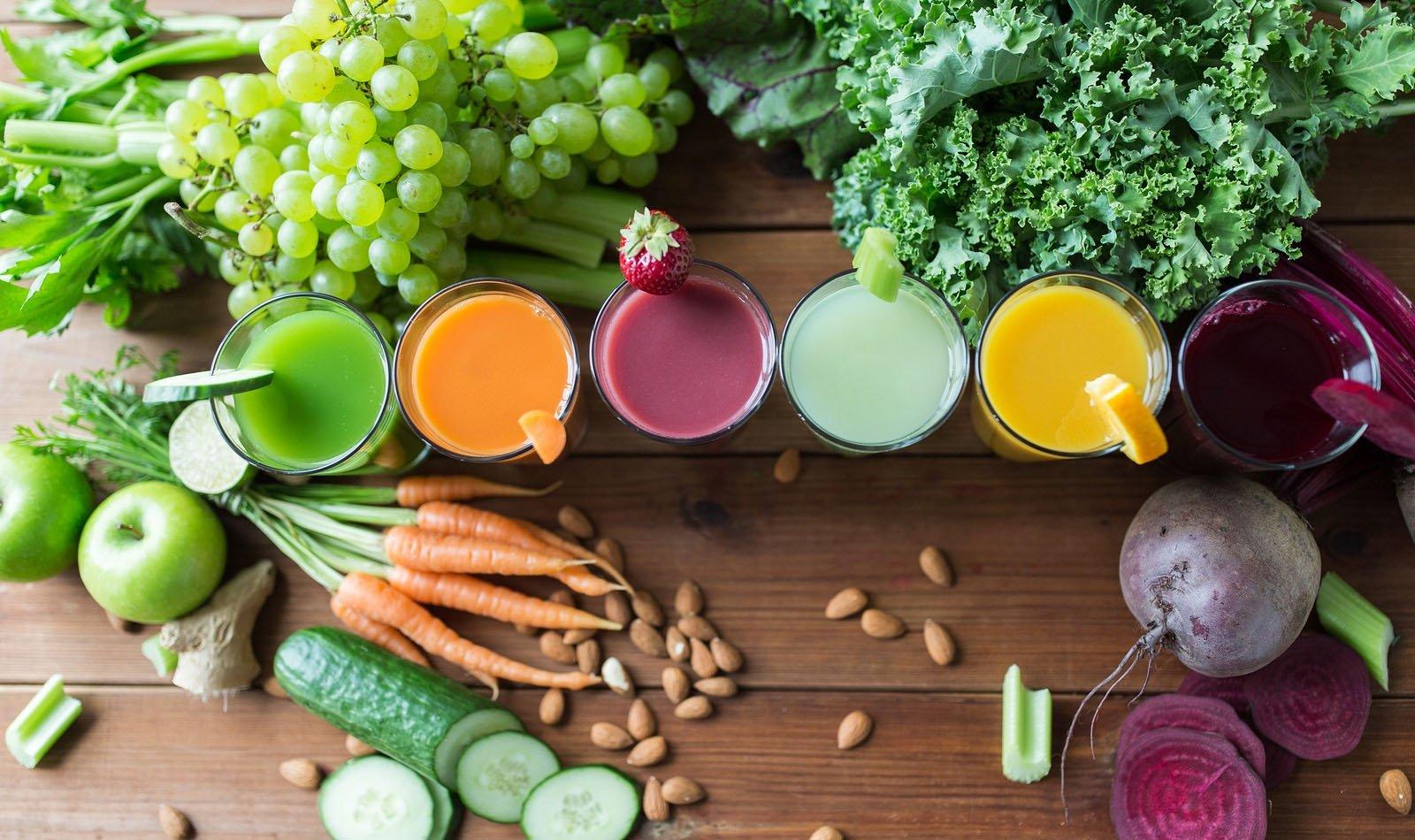Natural Food Colors Market to Reach USD 3.3 Billion by 2033

According to Future Market Insights (FMI), the natural food colors market is likely to reach a valuation of US$ 1.7 billion in 2023. From 2023 to 2033, a robust 7.2% CAGR is likely to propel the market to a valuation of US$ 3.3 billion in 2033.
Color has a profound impact on how people feel about food. It is considered to be the most important product-intrinsic sensory signal when it comes to affecting people’s judgements of the likely flavor and taste of food and beverages.
Unlock Growth Potential in Your Industry: https://www.futuremarketinsights.com/reports/sample/rep-gb-35
Color-giving substances were initially produced in domestic kitchens from locally grown plants or already-existing natural sources. Due to the industrialization of food production, food colors that were reliable across all production batches and stable for the duration of products’ shelf lives were needed.
Recent years have seen rapid expansion across a wide range of industries, thanks to the global economy’s adoption of digitization. Due to rising internet usage among consumers and the simplicity of online transactions, several natural food color producers are choosing online channels for their product promotion and sales. Consumers also favor making purchases from online merchants, which encourages businesses to strengthen their online presence.
“The only pertinent challenge that market players have to overcome involves the pricing of natural food colors. As of now, natural food colors are more expensive than synthetic variants. However, in the coming years, increasing investments in research & development should allow players to offer competitively-priced products to consumers.” –Nandini Roy Choudhury, Client Partner at Future Market Insights
Key Takeaways from the Natural Food Colors Market Study
- The global market for natural food colors is likely to be valued at US$ 1.7 billion in 2023.
- A positive 7.2% CAGR is anticipated to drive market acceleration from 2023 to 2033.
- In 2033, FMI expects the global market to attain a valuation of US$ 3.3 billion.
- The United States market is slated to emerge as the most dominant force in North America between 2023 and 2033.
- In Asia, the likes of China, India, and Japan are set to make significant contributions and propel the global market.
Who is Winning?
Due to the rising demand for natural food colors, several leading manufacturers are focusing on offering it at the best possible pricing. To increase their market share and manufacturing capacity while expanding their industrial footprints, businesses are relying on integrated production methods. Leading producers of natural food colors are investing in employing multiple raw materials so that they can diversify production.
Leading players operating in the natural food colors market are Archer Daniels Midland, Sensient Technologies Corporation, Döhler GmbH, Symrise AG, Naturex S.A., Kalsec Inc., DDW The Color House Corporation, Chr. Hansen Holding A/S, McCormick & Company, Aakash Chemicals and Dyestuffs, San-Ei Gen F.FI Inc., ROHA Dyechem Pvt. Ltd. (JJT Group), GNT International BV (EXBERRY), Adama Agricultural Solutions Ltd. (LycoRed), and AFIS (Australian Food Ingredient Suppliers).
- Art
- Causes
- Crafts
- Dance
- Drinks
- Film
- Fitness
- Food
- Games
- Gardening
- Health
- Home
- Literature
- Music
- Networking
- Other
- Party
- Religion
- Shopping
- Sports
- Theater
- Wellness


